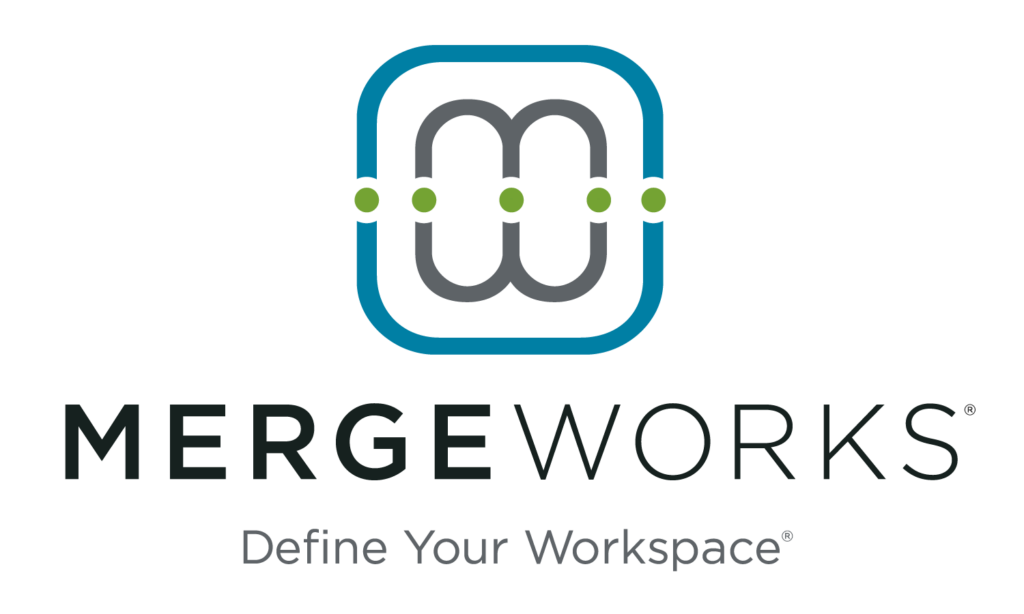Reaching C-Corporation status can feel like the realization of a dream, and it can be the best structure for many businesses. However, sometimes it makes more sense to elect an S-Corporation filing status. Just don’t do it hastily: There are important considerations to be made.
The C-Corp business structure is unique in that it turns business owners into shareholders and most completely separates owners from their business entities. Among other benefits, C-Corp shareholders enjoy the most limited liability protection compared to other structures and can deduct fringe benefits and other expenses in ways passthrough owners cannot.
But C-Corp owners are notoriously double-taxed—once at the corporate level and then again at the individual shareholder level. With top corporate tax rate holding steady at 21%, this sticking point isn’t as extreme as it was in the previous decades (when the top corporate rate was 35%), but it can still sting.
Even if a C-Corp structure was beneficial at the time, your business, economic conditions, or tax laws could have changed in a way that now makes it less than ideal. But before you change your election from a C-Corp to an S-Corp, pay attention to these potential drawbacks:
Your business may not be eligible. S-Corps must be domestically owned by less than 100 individuals, certain trusts, or estates. Owners may not be partnerships, corporations, or non-resident aliens and there must only be one class of stock ownership offered. Certain financial institutions, insurance companies, and domestic international sales corporations are also excluded.
BIG taxes. Converting from C-Corp to S-Corp will open you up to what the IRS calls built-in gains (BIG) taxes. Essentially, the BIG tax is an application of the current 21% corporate tax rate to the S-Corp’s built-in gains for any inherited assets sold within five years (although the calculation is much more complicated than that simple description).
Other restrictions that can outweigh the benefits. S-Corps cannot carry forward or pass through inherited losses from the previous C-Corp. S-Corps also can’t use the last-in, first-out (LIFO) inventory valuation method to avoid BIG taxes. There may also be significant valuation and tax consequences for business owners making the conversion before the sale of a business.
There are restrictions on converting back. If an S-Corp is terminated and becomes a C-Corp again, the company won’t have the option to elect S-Corp status for another five-year period.
An election isn’t just an election. If your business is currently a C-Corp and you’re considering filing an S-Corp election, do it thoughtfully while considering every tax ramification. Some may surprise you. Feel free to contact us with questions.















